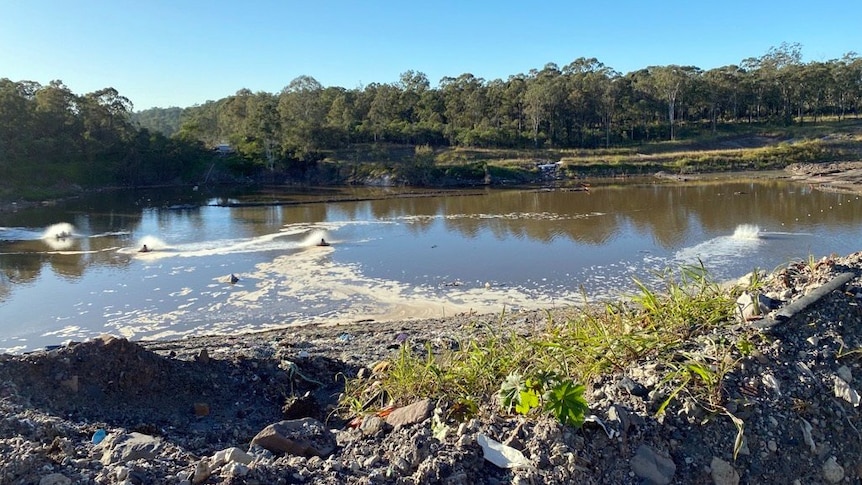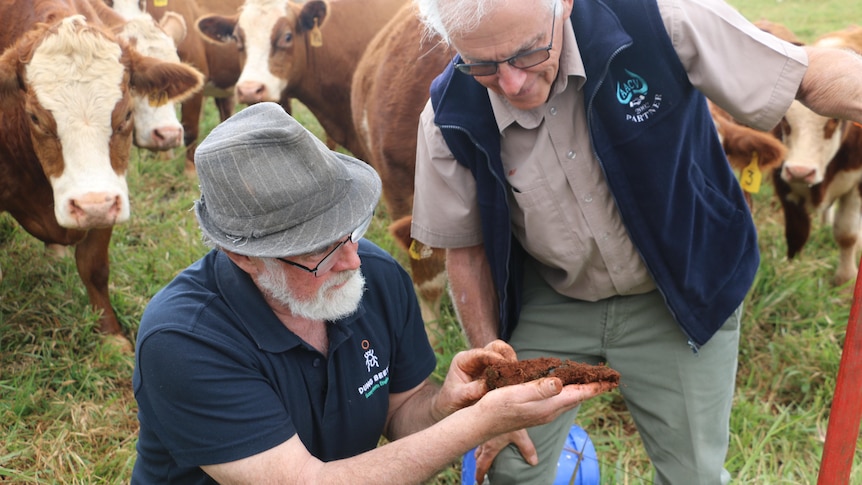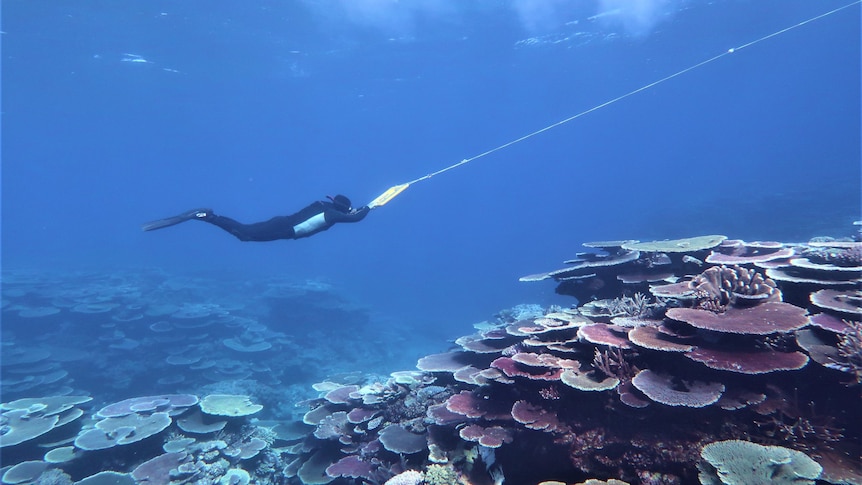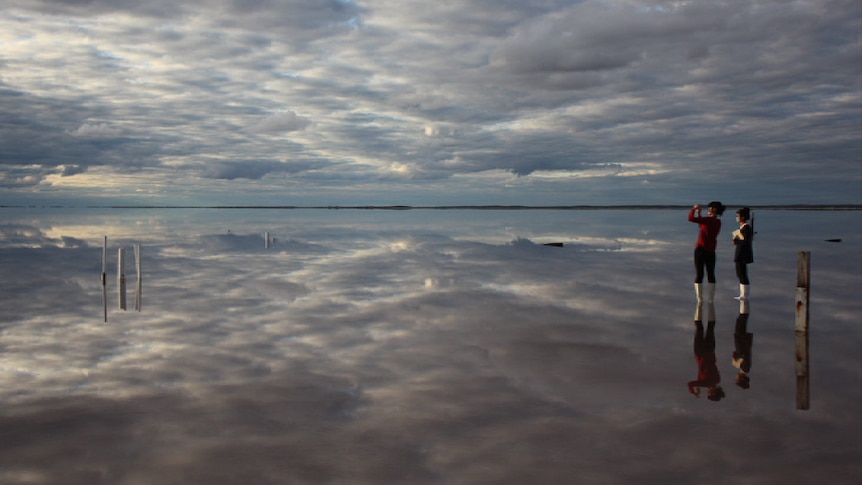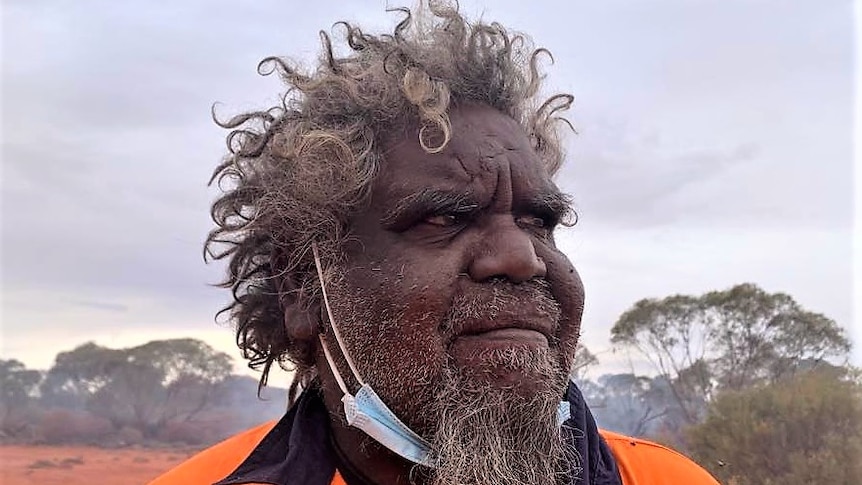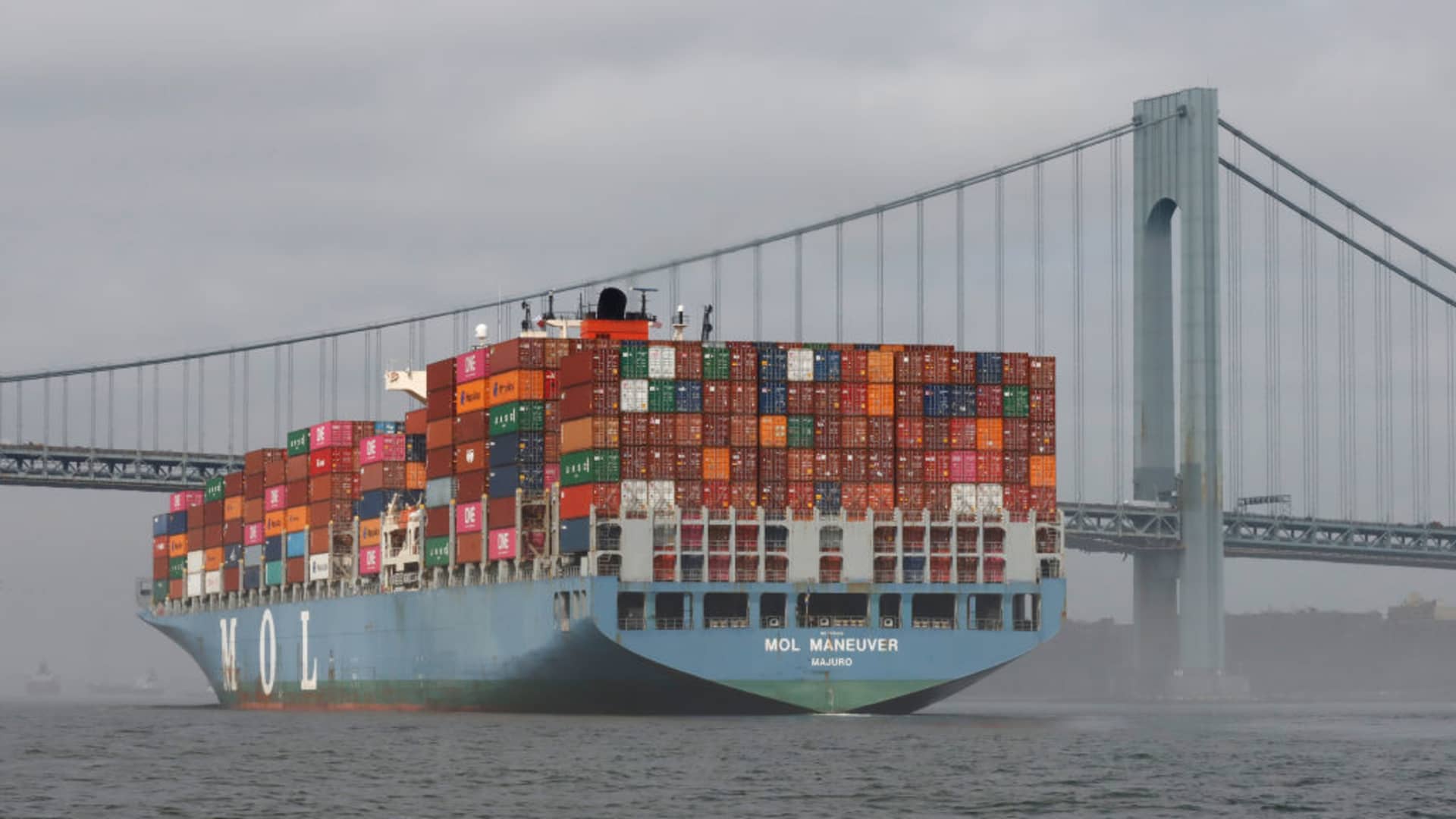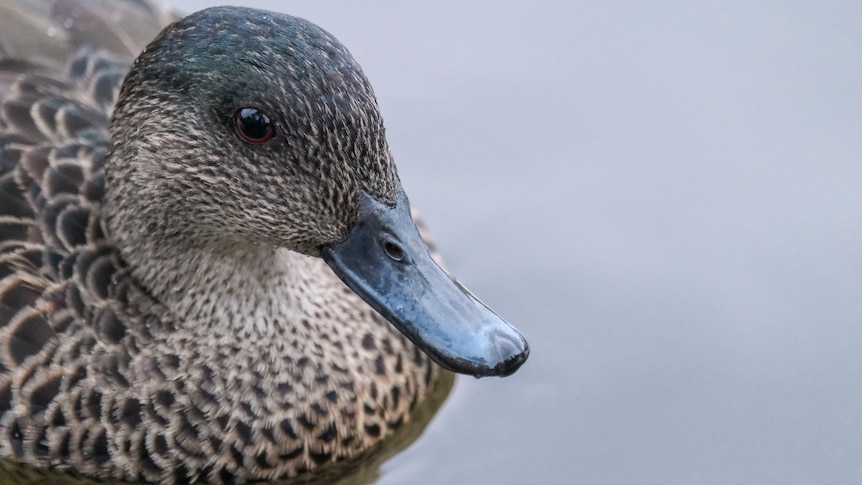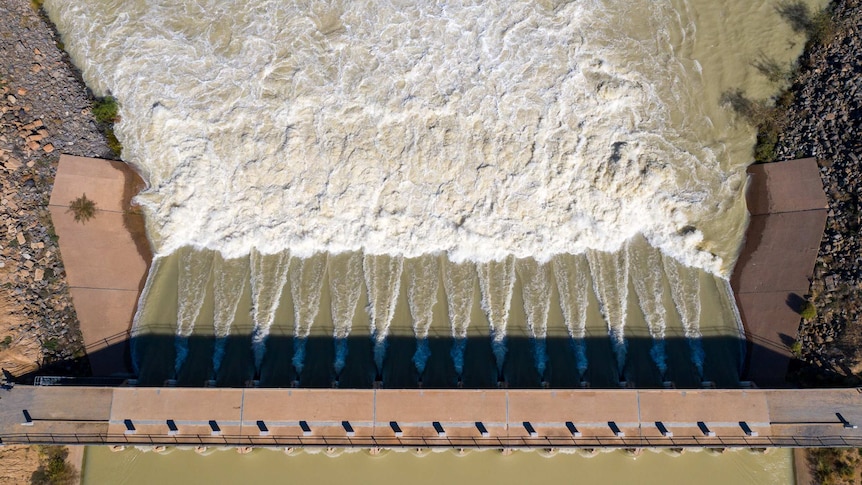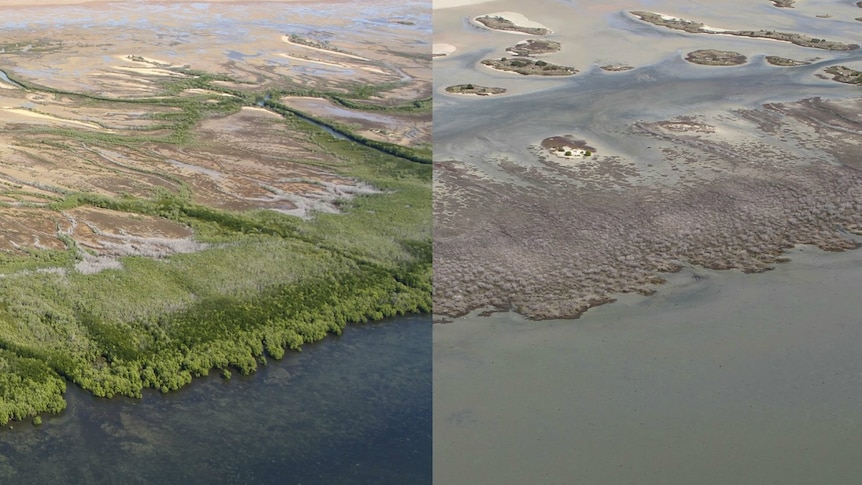A commercial landfill company blamed for a rotten egg smell causing chronic problems for Ipswich residents since the February floods may have to permanently close and rehabilitate the affected landfill cell.
Key points:
- A landfill site in Ipswich has been blamed for a ‘rotten egg’ smell for months
- The site flooded in February and the Department of Environment and Science has been investigating
- The department has indicated they want Cleanaway to close and remedy the cell permanently
Cleanaway’s New Chum landfill site was overwhelmed with stormwater during the floods earlier this year, inundating a newly excavated landfill cell with 140 million liters of water.
The water quickly fermented into leachate, causing an unbearable smell that prompted Ipswich Mayor Teresa Harding to call for a health inquiry.
The Department of Environment and Science demurred on that point, but launched a formal investigation into the issues and recently notified Cleanaway that it intended to change the environmental regulations governing the site.
A department spokesperson said Cleanaway had until September 6 to respond to the notice of intention to amend the environmental authority.
Ms Harding said it was a “good outcome”.
“Cleanaway will have to go to the state with their plan of what they’re going to do, but the state has directed them to close that cell, to not receive any waste, and to make sure it’s fully rehabilitated,” she told ABC Radio Brisbane.
Clean-up underground
At parliamentary estimates last week, the director-general of the Department of Environment and Science, Jamie Merrick, confirmed the department planned to amend Cleanaway’s environmental authority.
“No waste would be permitted to be deposited in the cell,” Mr Merrick said.
“Cleanaway would be required to remediate it fully and see those works peer-reviewed to prevent any ground and surface water infiltration into the cell to prevent erosion and restore it, resulting in a safe, stable and non-polluting landform condition.”
Mr Merrick said the compliance response to the flooding issue in February was one of the largest in the department’s history, with more than 60 staff involved and daily reports from Cleanaway.
Cleanaway’s general manager of solid waste services for Queensland, Suzanne Wauchope, said the company had been notified of the environment department’s proposal but had not yet been directed to close the cell.
“We received the notice to say they’re proposing to change our environmental authority, but nothing has actually happened as yet and it won’t until that process is complete,” she said.
Ms Wauchope said the amount of water in the affected cell was down to just 11,000 megalitres, but since then Cleanaway had been successful in reducing the smell and impact on local residents.
“Our stormwater management system was overwhelmed by the sheer volume of water that actually fell in February,” Ms Wauchope said.
“It just so happened that, at the time, we were doing some construction works, which does mean we created a big hole and we were busy lining that hole ready to take waste.”
costly exercise
In a June update to investors, Cleanaway said remediation costs for the site were estimated at $30–40 million.
The company closed the entire New Chum site in April, with investors told it was unlikely to be reopened until 2023.
Ms Wauchope said the company expected the last 11,000 megalitres to be gone from the cell by the end of August.
The contaminated water is being treated and taken to sewer points off-site, with air monitoring data reporting steadily lower discharge levels of hydrogen sulphide.
She said the company was fully committed to working with the environmental department and the community to resolve the issue.
“We want to do the right thing by the environment at the end of the day,” Ms Wauchope said.
“We deliver a really important public service to the community, which is to help the community remove their waste and deal with it appropriately, which is exactly what we seek to do in our landfill.”
Ms Harding said Ipswich City Council had been contacted by the Department of Environment and Science regarding potential breaches of Cleanaway’s operating permits.
“An initial review of the department’s request indicates there is no evidence to support council taking compliance action against Cleanaway,” she said.
“Of course, we will continue to monitor and review the situation closely.”
.
